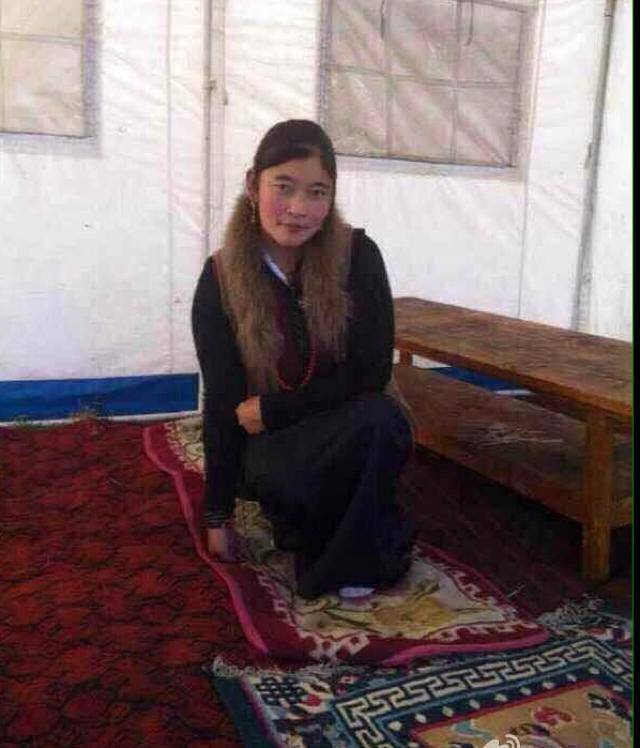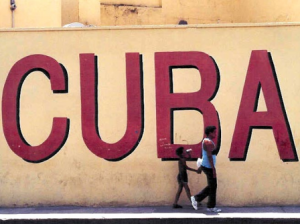Endings…
It is fitting that I end this blog on January 1, 2015. The winds of January blow with grace across Zora Neale Hurston’s memories. She died January 20, 1960 (fifty-five years ago) and January 7, 2015 will mark the 124th anniversary of Zora’s real birthday (January 7, 1891). Throughout her life, Zora shaved almost ten years off her age, even entering Barnard College at the age of 35. Her life was not only “wrapped in rainbows,” the title of the latest Hurston biography by Valerie Boyd’s, but it was also wrapped in mysteries. And the greatest mystery of all are her contributions to anthropology, which have never been acknowledged.
Our lack of understanding is the result of several facts. Zora was an early bordercrosser. She consciously sought to emphasize the humanistic side of the scientific objectivity she embraced so eagerly; she was also nomadic, not by choice but by circumstances. Though a published writer, teacher and researcher, Zora barely eked out a subsistence lifestyle. In today’s terminology, she would fit the category of “the working poor.” Despite the impoverishment of trying to be a Black woman writer, anthropologist, intellectual in the 1920s and later, Zora stuck to her convictions and suffered for her determination to prove herself and independent woman.
However, always behind in rent, or having to store her belongings with others because she was in the field (turpentine and citrus camps that were institutionalized sharecropping), most of her field notes and clues to her research methodology remain hidden. Perhaps they are buried in the attics or trunks of her former friends and their descendants have yet to discover their value. And while insights into her approach as an ethnographer are elusive, they are not completely hidden from us. I have found many of Zora’s analytical gems buried in her correspondence. She would love the instantaneousness of today emails, since she was a prolific and dedicated writer whose letters carried forth her research ideas, her analysis and her vision of the Black folk culture she researched. Continue reading



